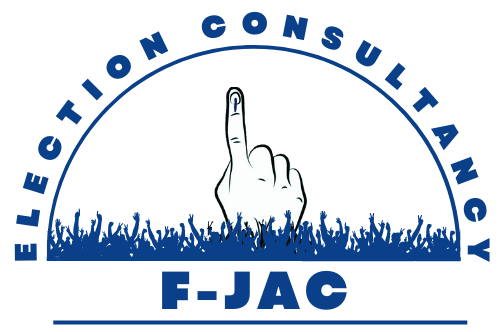In today’s digital age, social media is not just an accessory to political campaigns—it’s a cornerstone. Effective social media strategies can elevate a campaign from obscurity to prominence, and understanding how to harness this power is crucial for any political consultant. Here’s a guide to help you leverage social media to its fullest potential for your candidates, with examples from Indian politics.
1. Define Your Goals and Audience
Before diving into social media, clearly define your campaign goals. For instance, if you’re working with a regional party in Tamil Nadu, you might focus on increasing visibility in local issues like water management or language rights. Understanding your audience is key. Research demographics, interests, and social media habits. For example, the Aam Aadmi Party (AAP) effectively targeted younger voters in Delhi by focusing on education and healthcare reforms, which were critical issues for this demographic.
2. Craft a Compelling Narrative
A strong, coherent narrative is essential. For example, Narendra Modi’s 2014 and 2019 campaigns successfully used the “Chai Pe Charcha” (Tea Conversations) theme to connect with voters on a personal level. The narrative was consistent across platforms but tailored to fit each channel—short, impactful messages on Twitter, and longer, more detailed posts on Facebook.
3. Utilize Data-Driven Insights
Social media platforms provide a wealth of data. The BJP’s 2019 campaign used data analytics to optimize its content strategy. By analyzing user engagement, they identified key issues like national security and economic development that resonated with their audience. This data-driven approach helped refine their messaging and target specific voter segments more effectively.
4. Engage with Your Audience
Active engagement is crucial. During the 2021 West Bengal elections, Mamata Banerjee’s campaign team was proactive in responding to voter concerns and participating in conversations. Her team frequently interacted with users on Twitter and Facebook, addressing issues and countering misinformation. This level of engagement helped build a strong, supportive community around her campaign.
5. Leverage Visual Content
Visual content can significantly boost engagement. The Congress party’s 2019 campaign used infographics and videos to simplify complex issues and policies. For instance, they created a series of infographics on unemployment and economic inequality, which were widely shared and discussed. Similarly, BJP’s campaign videos, such as the ones highlighting infrastructure development, used high-quality visuals to effectively communicate their message.
6. Monitor and Manage Your Online Reputation
Managing your candidate’s online reputation is critical. In the 2020 Bihar elections, the RJD faced challenges with misinformation. Their social media team had to monitor and address false claims quickly. Effective reputation management involved correcting misinformation and reinforcing positive messages about their candidate’s achievements and promises.
7. Adapt and Innovate
Social media trends are constantly evolving. During the 2022 Uttar Pradesh elections, parties experimented with new formats like Instagram Reels and live-streamed rallies to engage younger voters. The BJP, for instance, utilized WhatsApp effectively to share campaign messages and updates, reflecting the platform’s popularity in rural and semi-urban areas.
8. Compliance and Ethics
Ensure that your social media practices comply with legal regulations and ethical standards. The Election Commission of India (ECI) has stringent guidelines regarding social media use. For example, during the 2024 Karnataka elections, adherence to these guidelines was crucial for all parties to avoid penalties and maintain a fair electoral process. Transparent and ethical practices not only help avoid legal issues but also build credibility and trust with voters.
Conclusion
Social media is a powerful tool that, when used effectively, can significantly enhance a political campaign. By setting clear goals, crafting a compelling narrative, engaging with your audience, and staying agile, you can harness the full potential of social media to drive your campaign’s success. Remember, the key to a winning social media strategy lies in understanding your audience, being authentic, and continually adapting to the ever-changing digital landscape.

